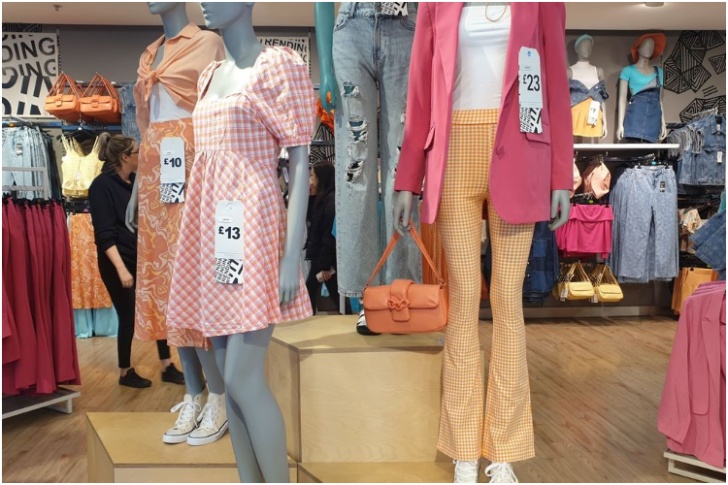The fashion industry’s fast fashion segment is notorious for producing and marketing low-quality clothing on a massive scale at rock-bottom prices. The industry’s market value reached nearly US$69,000 million in 2020, but the environmental consequences of its cheap and rapid production are dire. From high water consumption and transportation emissions to the annual 92 million tonnes of textile waste, fast fashion’s impact on global pollution and climate change is astronomical, surpassing even the aviation industry. As consumers, we can slow this dangerous trend by making sustainable choices. Yet, how can we tell if a brand is a fast fashion brand? This guide provides a list of points to consider when evaluating a label’s sustainability.
What Does the Brand Stand for and How Is It Marketed?

To understand a brand’s sustainability goals, we start by defining fast fashion—an industry that rapidly produces and sells trendy clothing at low prices. SHEIN is a prime example of a fast fashion brand that promotes affordability and trendiness. Founded in 2008, the Chinese online retailer has grown rapidly through social media, boasting 23.3 million Instagram followers. The company adds thousands of new products to its website each week, epitomizing the “fast” aspect of fast fashion.
Is the Brand’s Clothing Worth a Pretty Penny?

Fast fashion brands entice consumers with their remarkably low prices, but it’s important to consider the reasons behind these prices. How do they cover the cost of manufacturing, transportation, and workers’ wages while still making a profit? Take the example of Primark, known for its dirt-cheap clothes that encourage overconsumption and contribute to massive fashion waste. To maintain low prices, Primark sacrifices other aspects of its business, such as marketing and e-commerce.
Nevertheless, this doesn’t exempt it from promoting overconsumption and having a significant environmental footprint. Cheap prices can also signal poor working conditions and environmentally-unfriendly production. Fast fashion brands are notorious for violating workers’ rights and being linked to modern-day slavery. Scandals related to inhumane working conditions have surrounded Primark, and Forever 21 was caught paying its factory workers well below minimum wage.
Is the Brand Making More Clothes Than They Can Handle?

Fast fashion companies contribute significantly to emissions through textile waste and overproduction. Overproduction is the main driver of overconsumption, and unsold goods are often destroyed rather than sold at discounted rates. This practice damages the reputation and exclusivity of brands. Nike, Urban Outfitters, and H&M are examples of labels known for producing more than they can sell and recklessly disposing of unsold clothes. H&M has promoted and facilitated the recycling of old clothes, but the underlying issue of overproduction and overconsumption remains unsolved.
Is the Brand Walking the Talk or Just Greenwashing?
To identify sustainable fast fashion brands, it’s important to determine if their eco-friendly claims are just a marketing tactic or if they are actually implementing sustainable practices. Many companies engage in greenwashing by prioritizing marketing over execution. A 2021 investigation revealed that 59% of claims by European fashion brands are inaccurate or misleading. H&M, despite having a “Conscious” collection and investing in recycling facilities, has been found to use more synthetic fibers in its eco-friendly line than in its fast-fashion line. SHEIN is the least transparent fast fashion brand regarding sustainability.
Tips to Steer Clear of Fast Fashion Brands
Zara, Primark, Shein, and H&M are among the most influential fast-fashion brands, but the list goes on. It can be challenging to avoid these brands and their affordable collections, but as consumers, we have a duty to choose sustainable and ethical options if we want the industry to change and combat climate change. Our choices have consequences, and it’s up to us to make a difference.




